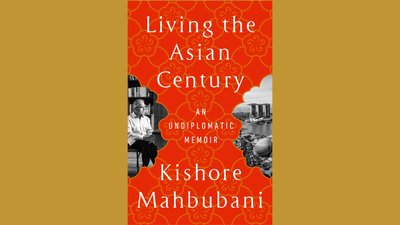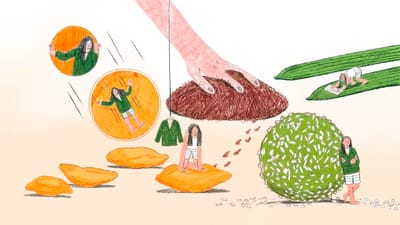For subscribers only
Subscribe now to read this post and also gain access to Jom’s full library of content.
Subscribe now Already have a paid account? Sign in
Havelock, Neill and Outram, "heroes" of the 1857 war in India, were brutal, murderous generals. Singapore's street names offer an avenue to discover our colonial past, and also a path to understand our future.
Subscribe now to read this post and also gain access to Jom’s full library of content.
Subscribe now Already have a paid account? Sign in
A young Singaporean reviews a famous diplomat’s memoir, and reflects on the many meanings of the word “undiplomatic”, including some that may have changed across generations.

Singapore must prioritise the creation of clear, transparent pathways that enable transgender Singaporeans, including youths, to access the appropriate care that they need.

Through its female protagonists, this short story cycle lays bare the complexities, confusions and conflicts that are central to the Indian diasporic experience in Singapore, says our reviewer.

A Swiftie reflects on the extremes of adolescence as seen through fandom and internet culture, remembering how Taylor Swift’s music punctuated key technological changes in her life, and offered her space for self-reflection and growth.

Through the process of making onde-onde, Berlin-based writer Law Zi-Ting meditates on what it means to embrace ambiguity and unpredictability in a world that operates on data and strict binaries. “Steam sweet potato until tender.”
Please click on the link sent to your e-mail to login to your account.